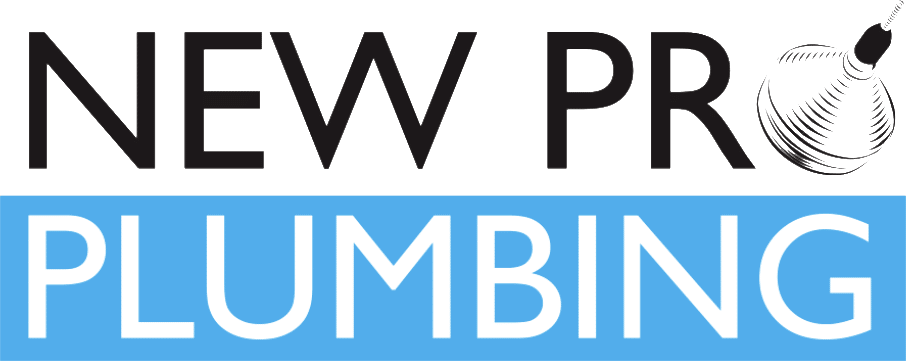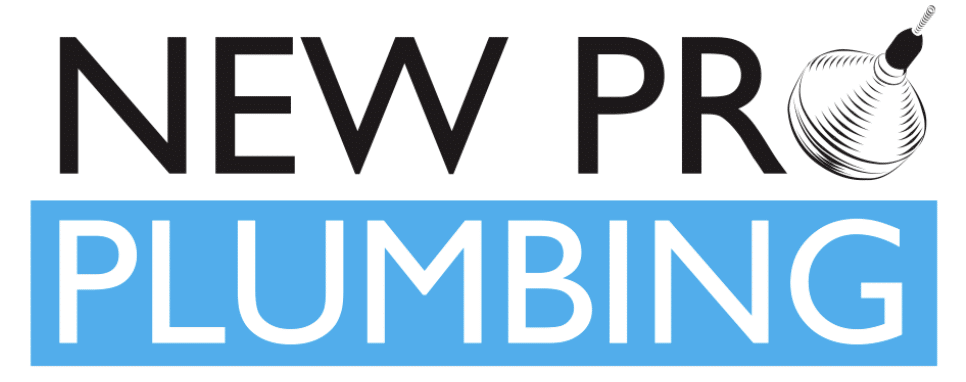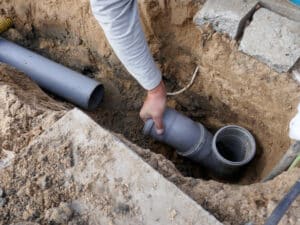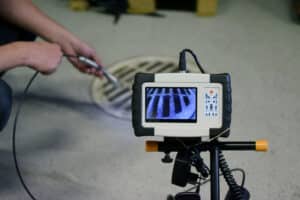Sewer line problems can be a homeowner’s worst nightmare. The uncertainty of whether your sewer line needs a simple repair or a full replacement can cause significant stress. But how do you know what’s really going on below your home? Understanding the signs and knowing whether to repair or replace your sewer line can save you time, money, and a lot of headaches.
One of the first steps in addressing sewer line issues is identifying the warning signs. From slow drains to strange odors, sewer line problems often manifest in ways you might not initially realize. Knowing these signs can help you catch issues early before they become major problems that potentially require extensive repairs.
In this article, we’ll walk you through the common signs that indicate your sewer line might need attention. We’ll also discuss the typical causes of sewer line problems and provide a clear guideline on when to opt for repairs versus a full replacement. Lastly, we’ll outline the steps to take if you suspect your sewer line is malfunctioning. By understanding these crucial aspects, you can make informed decisions to keep your home’s plumbing in good shape.
Signs Your Sewer Line Needs Attention
Recognizing the signs of a troubled sewer line early on can save you from more significant issues down the road. Here are some key indicators that your sewer line may need attention:
1. Slow Drains: If you notice that your sinks, tubs, or showers are draining slowly, it could be a sign of a blockage in the sewer line. While a single slow drain might just be a localized clog, multiple slow drains indicate a bigger issue.
2. Strange Odors: Sewer gas has a distinct, unpleasant smell. If you smell something foul coming from your drains or yard, it’s a sign that there might be a break or crack in the sewer line allowing gas to escape.
3. Gurgling Noises: Unusual sounds from your toilet or drains are a red flag. Gurgling noises can indicate trapped air in the sewer line caused by a clog or blockage.
4. Backups and Blockages: Frequent backups in your toilet or sewage coming up through your drains suggest that the sewer line is blocked. Persistent blockages despite your efforts to clear them likely mean the problem is deep in your sewer system.
5. Lush Patches of Grass: If you notice unusually green and lush patches of grass in your yard, it may be due to a leaking sewer line. Sewage acts as a fertilizer, so leaks underground can lead to greener grass above.
6. Foundation Cracks: A damaged sewer line can lead to soil displacement and settling, resulting in cracks in your home’s foundation or walls. If you notice new cracks, it’s essential to investigate the cause.
By keeping an eye out for these signs, you can catch sewer line issues early and address them before they escalate into major problems.
Common Causes of Sewer Line Problems
Understanding what causes sewer line problems can help you prevent them. Here are some common culprits behind sewer line issues:
1. Tree Roots: Tree roots naturally seek out water sources, and your sewer line is no exception. As roots grow, they can infiltrate sewer pipes, causing blockages and even breaking the pipes. Regular maintenance and inspections can help identify and address root invasions before they become severe.
2. Aging Pipes: Pipes can deteriorate with age. Materials like cast iron, clay, and Orangeburg (a type of bituminized fiber pipe) are especially susceptible to wear and tear over time. As pipes age, they become more prone to cracks, breaks, and collapses.
3. Shifting Soil: Soil movement due to construction, earthquakes, or natural settling can cause sewer pipes to shift, bend, or break. This shifting is especially problematic for old or brittle pipes that can’t adapt to the movements.
4. Grease Buildup: Pouring fats, oils, and grease down your drains can lead to buildup within your pipes. Over time, these substances harden and cling to the pipe walls, causing significant blockages that restrict the flow of sewage.
5. Foreign Objects: Non-biodegradable items like wipes, feminine hygiene products, and other debris can cause blockages when flushed down toilets or washed down sinks. These items do not break down and can accumulate, creating significant clogs in the sewer line.
6. Ground Freezing and Thawing: In colder climates, the freeze-thaw cycle can weaken and damage sewer lines. As the ground freezes and thaws, it expands and contracts, putting stress on the pipes. This can lead to cracks and breaks over time.
Knowing these common causes can help you take preventative measures such as regular inspections, mindful disposal practices, and addressing tree root growth around your property. Taking these steps can help maintain the integrity of your sewer lines and prevent costly repairs or replacements.
When to Repair vs. Replace Your Sewer Line
Deciding whether to repair or replace your sewer line depends on several factors. Here’s a guide to help you make the right choice:
1. Extent of the Damage: Minor cracks or isolated sections of damage might be fixed with a simple repair. Methods like pipe lining can reinforce the existing pipe without needing a full replacement. However, if the damage is extensive, such as a collapse, a complete replacement might be necessary.
2. Age of the Pipe: Older pipes made from materials like clay, cast iron, or Orangeburg are more susceptible to problems. If your sewer line is approaching the end of its lifespan, replacing it may be more cost-effective in the long run. Newer materials like PVC can last much longer and withstand more wear and tear.
3. Cost Considerations: Repairs are typically less expensive than replacements. However, ongoing repair costs can add up if the sewer line frequently has problems. Weigh the immediate repair costs against the potential long-term savings of replacing the pipe.
4. Severity of Disruptions: Repairing a sewer line is usually faster and less disruptive than replacing it. Replacement often involves extensive digging and can disrupt your yard and landscaping. Consider how much disruption you’re willing to endure when making your decision.
By evaluating these factors, you can make an informed choice about whether to repair or replace your sewer line, ensuring you address the issue effectively and efficiently.
Steps to Take if You Suspect a Sewer Line Issue
If you suspect there’s a problem with your sewer line, here’s what you should do:
1. Conduct a Visual Inspection: Look for signs of sewer line issues around your property, such as soggy patches in your yard, foundation cracks, or foul odors. These visual cues can help you confirm your suspicions.
2. Check Your Drains: Pay attention to how your drains are functioning. Slow drains, gurgling noises, or frequent backups can indicate a problem with the sewer line. Check multiple drains in your home to gather more information on the extent of the issue.
3. Call a Professional Plumber: If you notice signs of a sewer line problem, it’s time to call a professional plumber. They have the tools and expertise to diagnose the issue accurately. Services like sewer camera inspections can pinpoint the exact location and nature of the problem.
4. Discuss Your Options: Once the plumber has assessed the situation, discuss the recommended course of action. Understand the pros and cons of repairing versus replacing the sewer line based on the damage, age of the pipe, and cost.
Taking these steps promptly can help you address sewer line problems before they escalate, saving you time, money, and hassle.
Conclusion
Dealing with sewer line issues can be daunting, but understanding the signs, causes, and solutions can make the process more manageable. Recognizing the warning signs early on, such as slow drains and strange odors, allows you to act quickly and prevent further damage. Being aware of common causes like tree roots and aging pipes helps you take preventive measures and make informed decisions about repairs and replacements.
If you suspect a sewer line problem, don’t wait to take action. Conduct a visual inspection, check your drains, and call a professional plumber to assess the situation accurately. Addressing these issues promptly can save you from more extensive and expensive repairs in the future.
At New Pro Plumbing, we specialize in diagnosing and solving sewer line problems. When you need a sewer line repair in Los Angeles, our experienced team is here to help. Contact us today to schedule a sewer line inspection and keep your plumbing system running smoothly.

















